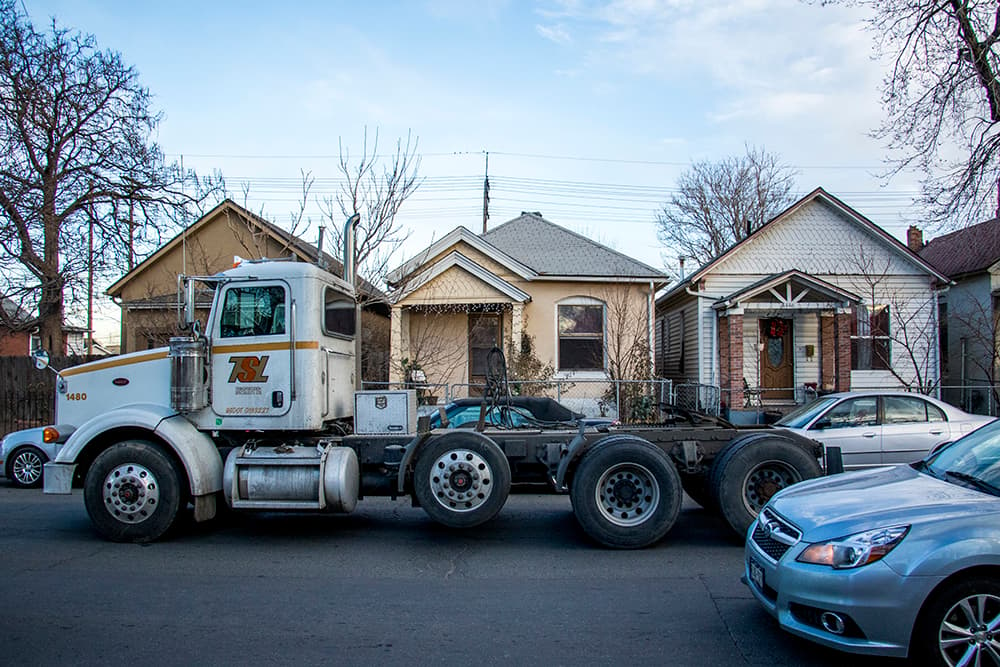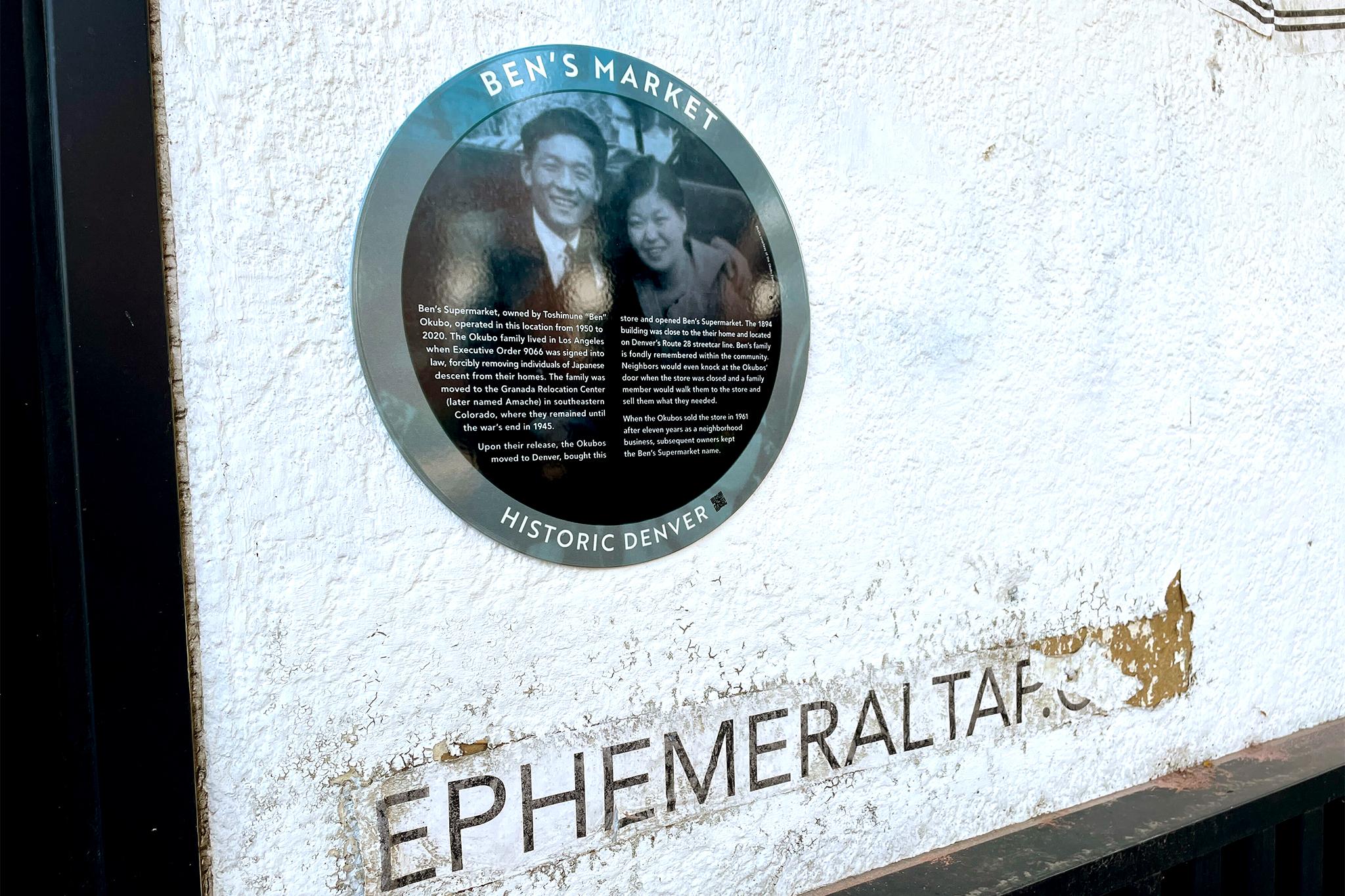
In north Denver, traffic isn't just the frustration of sitting at a red light. It's the sound of a heavy truck rumbling down your residential street as it makes its way to one of the warehouses that line neighborhoods like Elyria-Swansea and Globeville.
The trucks bring more of the detriments that these neighborhoods know so well: air pollution, noise, and traffic to make a parent nervous.
It's an issue that the community has pushed for decades to solve, with mixed results. Now, these neighborhoods may become the focus of a futuristic new experiment to keep trucks off of residential roads.

The problem:
"We want to keep truck traffic out of neighborhoods. It poses a greater safety hazard for kids walking to and from school. We think that they do not belong in residential neighborhoods unless they’re doing a local delivery," said Councilwoman At-large Debbie Ortega.
It is illegal for freight trucks to drive on streets that aren't marked as routes for them, including neighborhood streets. However, they are allowed to cut through when there's no other option. Many of north Denver's residential areas butt up against warehouses and industry.
"The trucks would come down off I-70 on Colorado (Boulevard) and then cut through those streets, past the houses, all the time," said Nola Miguel, an organizer with the Globeville, Elyria-Swansea Coalition Organizing for Health and Housing Coalition.
"In Globeville, it was always the trucks going to the BNSF (rail depot). They would go down 45th Avenue and then cut down Grant or Logan, or one of those real local streets. The Globeville community center is right there. The community center is right there," she said.
Neighborhood organizers said that some shippers have agreed to voluntary restrictions, but they seem to be faltering, Miguel said.
"It kind of seemed like that was working, but now and again you hear stories from the neighbors about trucks coming again," Miguel said.
The city has long named this as a priority, with numerous plans calling for a reorganization of the truck routes, but it's far from solved -- and Ortega fears it will only get worse as construction on Interstate 70 sends more traffic flooding off the highway.

One possibility:
The city of Denver has set aside $12 million, including $6 million from the federal government, to make vehicles and traffic signals smarter.
One plan for the technology could change how freight trucks travel through Denver. The idea is to equip certain trucks with devices that can communicate with traffic signals on certain larger arterial routes. Doing so could help them move more efficiently, according to city staff -- presumably by changing the signals to green for the truck.
Denver staff are considering testing the technology in north Denver, but it's not decided yet. The details are far from final, they cautioned.
Wherever it goes, it could incentivize truckers and delivery drivers to use larger streets where they would get favorable treatment, rather than cutting through neighborhoods. The city also could encourage truckers not to travel during peak hours. Of course, the trucking companies would have to agree to install the technology. The city would focus on companies that travel often through Denver.
The city also is looking at deploying some high-tech crosswalks. An "automated pedestrian detection" system could try to extend extra time for people to cross streets if it sees them in the crosswalk. City staff have not decided where that would be deployed, either.
Other plans:
The city has set some long-term priorities to improve truck routing around north Denver.
For example, a recent mobility study mentions the possibility of converting York and Josephine streets to two-way between 40th and 47th avenues, which could reduce traffic impacts on Josephine. Another study of the northern metro also outlines possibilities for truck routing in the northeast. (See page 3.)
As yet more construction looms, though, Ortega wants the city and the Colorado Department of Transportation to push harder for safe roads.
"This is going to be an issue that I put on the table to make sure that we are trying to address that as best as possible," she said. "This is something that Denver and CDOT need to be working on like yesterday. We’re going to have construction everywhere."












